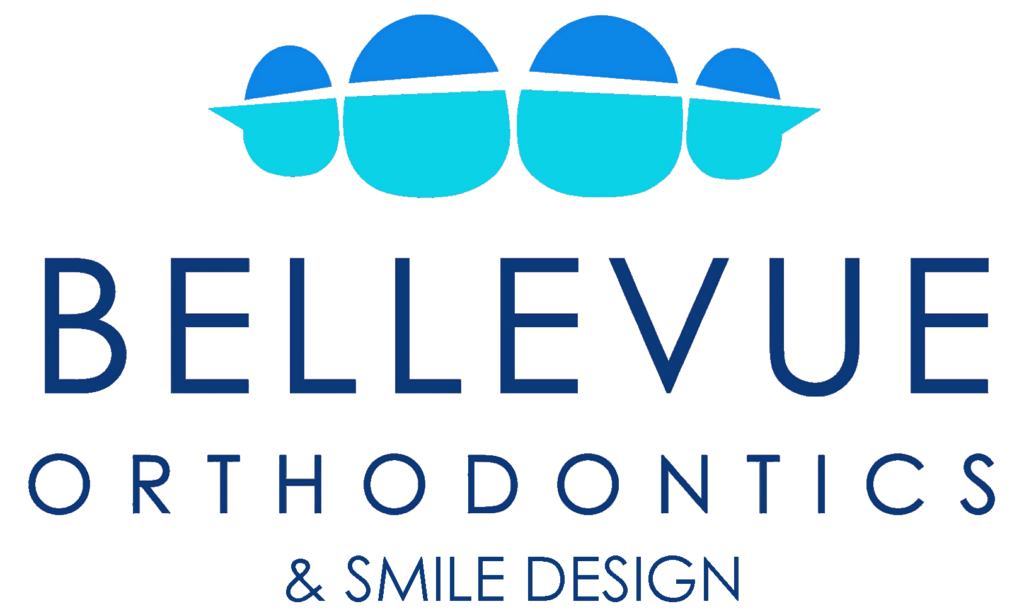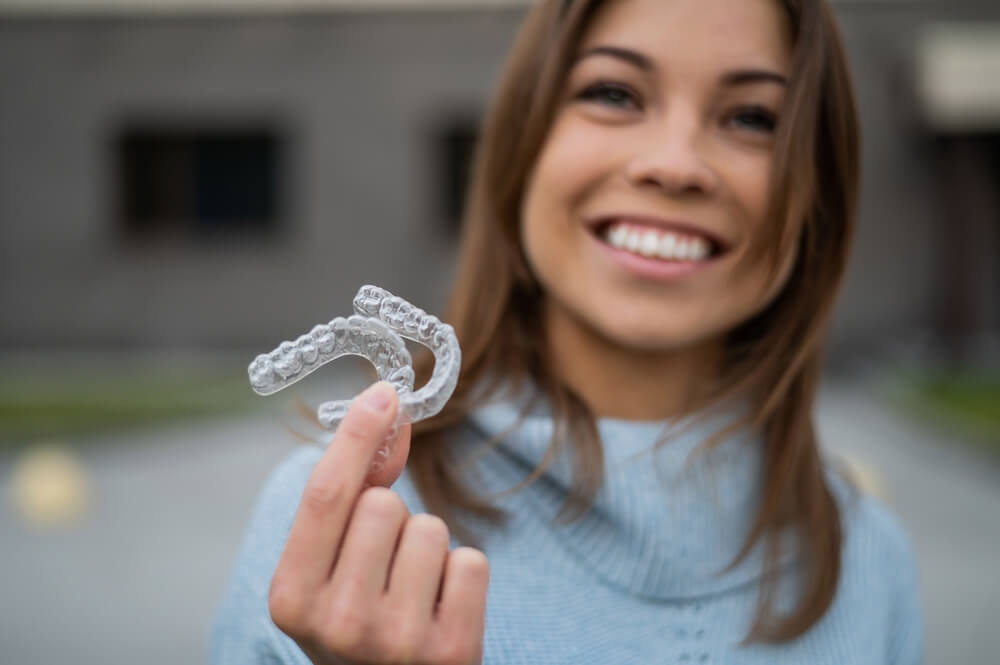Which is Better?
Patients usually come to the orthodontist for one of three reasons:
- Straighter Teeth
- Better Bite
- Nicer Smile
What they usually don’t say is that they also want treatment to be FAST and DISCREET.
Luckily, there has never been a better time to want straighter teeth. Years of innovation and technological breakthroughs have resulted in the development of two esthetic orthodontic systems:
- Lingual braces or braces behind the teeth
- Clear aligners like Invisalign
Lingual Braces vs Regular Braces
Traditional braces are placed on the front of the teeth, making them visible to other people. Lingual braces, on the other hand, are braces that are placed behind the teeth. Lingual braces are just as effective as traditional braces, but have the advantage of being completely invisible. They can also be more effective than traditional braces and Invisalign in some instances.
How They Work:
They work through a 2-step process:
- Computer Modeling & Simulation: First, our orthodontist carefully aligns your teeth on a computer model. Because lingual braces use different mechanics than traditional braces to move the teeth, the model is highly reliant on the expertise and direction given by the orthodontist. It also facilitates the custom fabrication of the braces to your teeth.
- Braces Installation: Second, lingual braces are applied behind the teeth and connected by a wire that gently moves the teeth into a position pre-determined by the computer model.
Lingual Braces Aren’t New…
Lingual braces have been around since the 1980s?not as long as traditional braces, but longer than clear aligners like Invisalign. They are known under many names, including:
- Incognito by 3M
- Suresmile by Dentsply
- Harmony by American Orthodontics
- Alias by Ormco
- INBRACE
- iBraces
- Lingual Liberty
- BRIUS
These are all different types of lingual braces, each with its own design and mechanical properties. With over 15 years of experience in lingual orthodontics, Dr. Riolo has been the largest provider of braces behind the teeth in Seattle and the Pacific Northwest for many years. Your initial free examination will serve to provide you with personalized information on what type of braces will result in the best possible result in the least amount of time.
Clear aligners like Invisalign?
Clear aligners, including Invisalign, were developed in the late 1990s and are the most recent orthodontic appliance to have come on the orthodontic market.
How Clear Aligners Work
They work by digitally aligning the teeth using a computer model and making sequential clear aligners that slowly move your teeth into their final position. One important component of Invisalign are attachments. Attachments are made of tooth-colored material that the orthodontist applies to the surface of the teeth to create small protruding bumps. These bumps help the clear aligners better grab onto the tooth and move the tooth faster and more predictably.
If Invisalign or clear aligners is what you?re looking for, you will likely need to have attachments placed on your teeth. If lingual braces behind the teeth are a better option for you, you will not have attachments applied, since lingual braces rely on the braces and wire to move the teeth to their final position.
Which is more invisible Lingual braces behind the teeth or clear aligners like Invisalign?
Both offer discreet treatment options. But, because lingual braces are installed behind the teeth, they are the most invisible option.
Clear aligners like Invisalign are a close second. Plastic aligners need to wrap all the way around the teeth and require bumps to be placed on the outside of the teeth to facilitate tooth movement. This inherently means that they are still visible to other people, despite being a discreet orthodontic appliance.
What you should know about Invisalign and Lingual braces
Both lingual braces behind the teeth and Invisalign offer unique advantages. There are many factors that may influence our orthodontists to recommend one over the other. What matters is choosing an orthodontic system based on its inherent strengths for any particular condition. In other words, we believe that choosing the right tool for the right job will minimize treatment time and maximize treatment results. Some factors which weigh on this decision include:
- Patient goals and preferences
- Tooth crookedness (crowding)
- Overbite
- Crossbites
- Jaw alignment
- Number of lost or missing teeth
There are also other aspects of orthodontic treatment require serious consideration. Here is a summary of other aspects of Invisalign and lingual braces you should think about prior to your free initial examination:
| Invisalign | Lingual Braces | |
| Invisibility | Clear and transparent, but not invisible | Invisible |
| Attachments (bumps) | Relies on attachments on the teeth | No attachments |
| Removable? | Uses removable aligners | Braces glued behind the teeth |
| Irritation | Lip and cheek common | Tongue irritation common |
| Speech | Speech changes are common | Speech changes may occur during treatment |
| Compliance | Results highly dependent on compliance | Does not rely on compliance since the braces are glued behind the teeth |
| Hygiene | Easy to brush and floss | More difficult to brush but easier to floss than traditional braces |
| Effectiveness | Dependent on many factors | As effective as traditional braces |
| Speed of treatment | 7 to 24+ months | 7 to 24+ months |
| Cost | Similar to traditional braces | More than Invisalign and traditional braces |
For more in depth information, visit our Invisalign and lingual braces pages. You can also find more information on our blog or by scheduling a free examination in our office.

